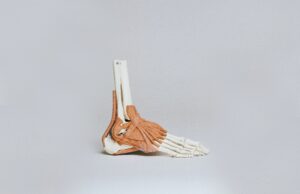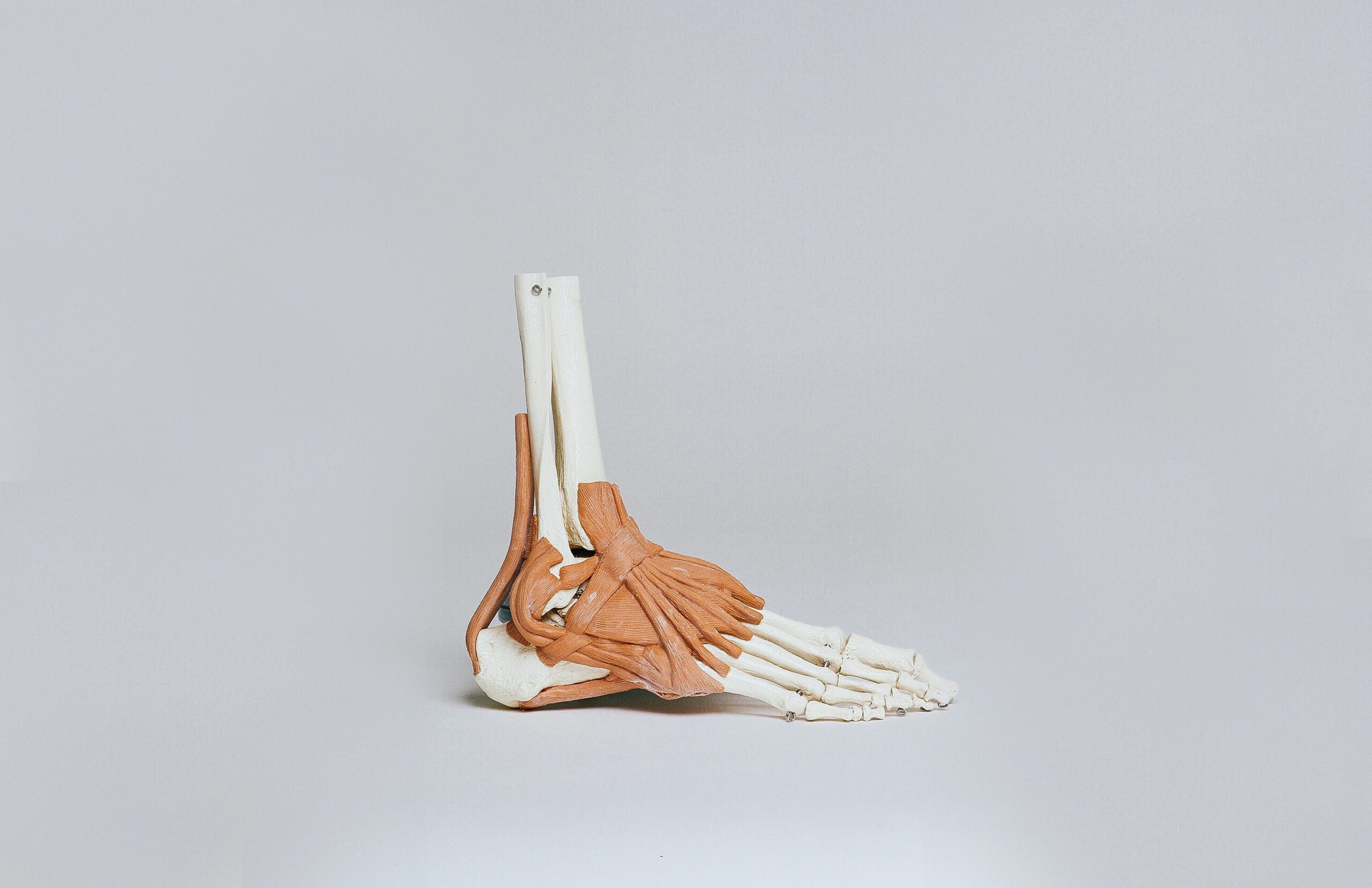Myasthenia Gravis is a long-term disorder that arises in the skeletal muscles which are the muscles that allow our body to move and help us to breathe. It is also an autoimmune disease in which the immune mediated reactions that occur in body attack the skeletal muscles in your body itself.

Some muscles that are often involved in this disease are muscles responsible for and Eyelid movements, Facial expressions, Chewing, Talking and Swallowing. Heart is not affected at it doesn’t contain the type of the muscles called skeletal muscles which get affected in this disease.
Although the exact etiology of this disease is unknown, it shows a relationship with other diseases as thyroid disease, Systemic Lupus Erythematosus, Rheumatoid disease and pernicious anemia as most of the patients diagnosed with Myasthenia Gravis are found to be having one of the above diseases as well.
Signs and Symptoms
The onset of disease may occur abruptly, and as the symptoms that arise in the beginning are not specific, the disease can get misdiagnosed at the early stage of onset.
Few of the features are,
- Increased fatiguability
- Respiratory difficulties as shortness of breath may be prominent
- Muscle pain is normally not present
- Muscle reflexes which are checked normally by the doctor using a tendon hammer may be present at initial examination, but when repeated few times they may reduce and disappear due to increased fatiguability.
- After many years of having the disease muscle wasting can occur.
- Weakness of eye muscles can manifest as drooping of one or both eyelids, double vision, blurred vision
- Changes can occur in facial expressions due to involvement of facial muscles
- Difficulty in swallowing
- Abnormalities in speech and difficulty to pronounce some words
- Weakness in arms, legs, hands and fingers
Who is at Risk of Getting Myasthenia Gravis?
- It is equally found among men and women without any increased prevalence among one gender. Young females including the ages below 40 years and older male including the ages above 60 years are mostly affected.
- But highest number of cases among both genders was recorded at the age of 30.
- It’s doesn’t show a familial predisposition or inheritance.
Diagnosis
The doctors will initially assess the patients through their history and examination techniques. Initial examinations are,
- The tone of muscles
- Co-ordination between muscle movements
- Sense of touch
- Any abnormalities in the eye movements will be examined initially
The other highly specialized investigations which will be used are,
- Edrophonium test
- Blood tests for autoimmune antibodies against skeletal muscles
- Electro diagnostic methods
- Imaging of chest using CT/ MRI
- Lung function tests
As muscle weakness is a common feature in most of the diseases, Myasthenia Gravis can be delayed to be diagnosed or misdiagnosed most of the times.
Management of Myasthenia Gravis
A complete cure for the disease is not yet found. But may medications and other techniques be used to minimize the symptoms and severity of the disease and increase the quality of life.
Pharmacological Management
- Drugs as oral anticholinesterases, immunosuppressant drugs and intravenous immunoglobulins can be given
- Removal of thymus gland has shown to improve the disease
Lifestyle Modification
- It is important to avoid extreme conditions as stress, anxiety, insufficient sleep, overexertion, and extreme temperatures as these conditions can exacerbate the symptoms of disease
- Some medications you take for common diseases are known to aggravate symptoms of myasthenia gravis. Hence whenever you take extra medications you must first get them approved by a doctor
- Talking and eating difficulties can arise due to defects in facial and neck muscles. Hence you might need sessions with a speech therapist to improve the quality of life
- Regular exercise may also improve your physical well-being
- Rest is essential for these patients which means at least 7-8 hours of sleep must be added to your schedule of the day. If you need to do a physically demanding work, you must rest beforehand
References
- Kumar and Clerk’s Clinical Medicine -8th Edition- Parveen Kumar, Michael Clark
- Oxford Handbook of Clinical Medicine – 10th Edition

